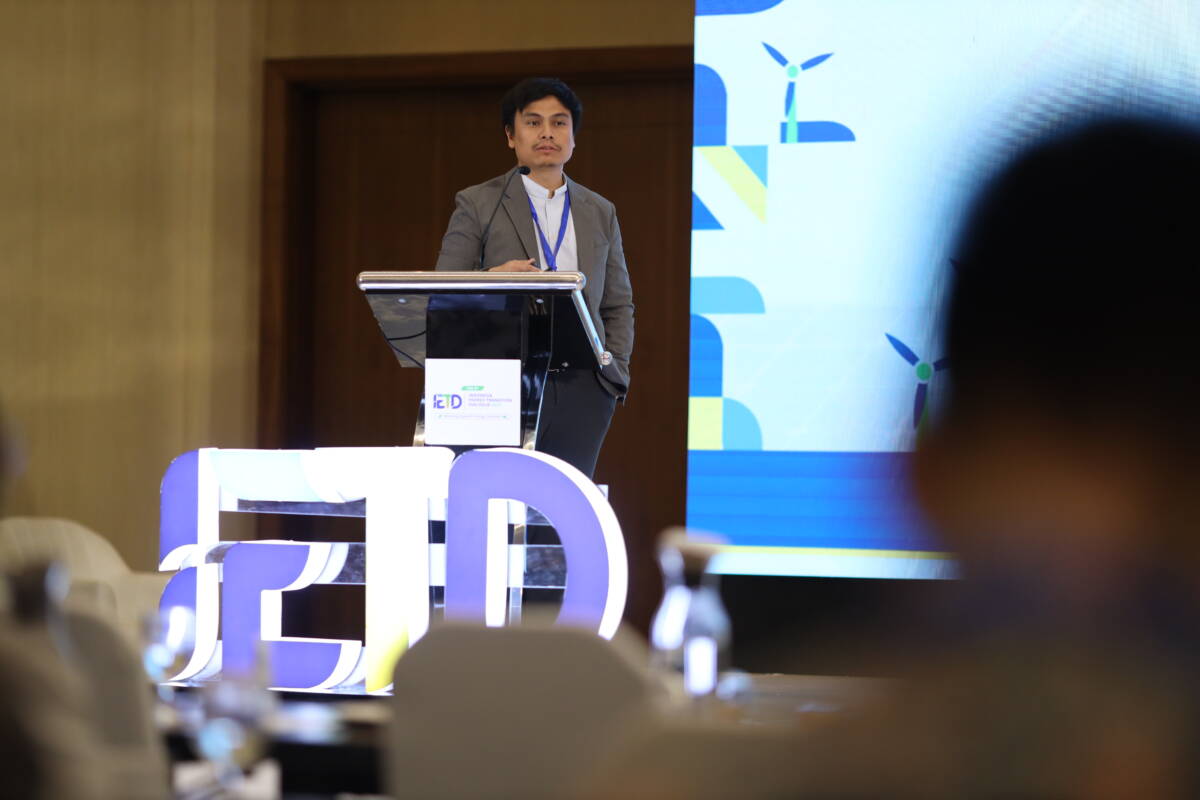
Overcoming Energy Transition Barriers with Renewable Energy Procurement Process Reform
Jakarta, October 7, 2025 – The Government of Indonesia has set a total renewable energy capacity addition target in the National Electricity General Plan (RUK... Read more.
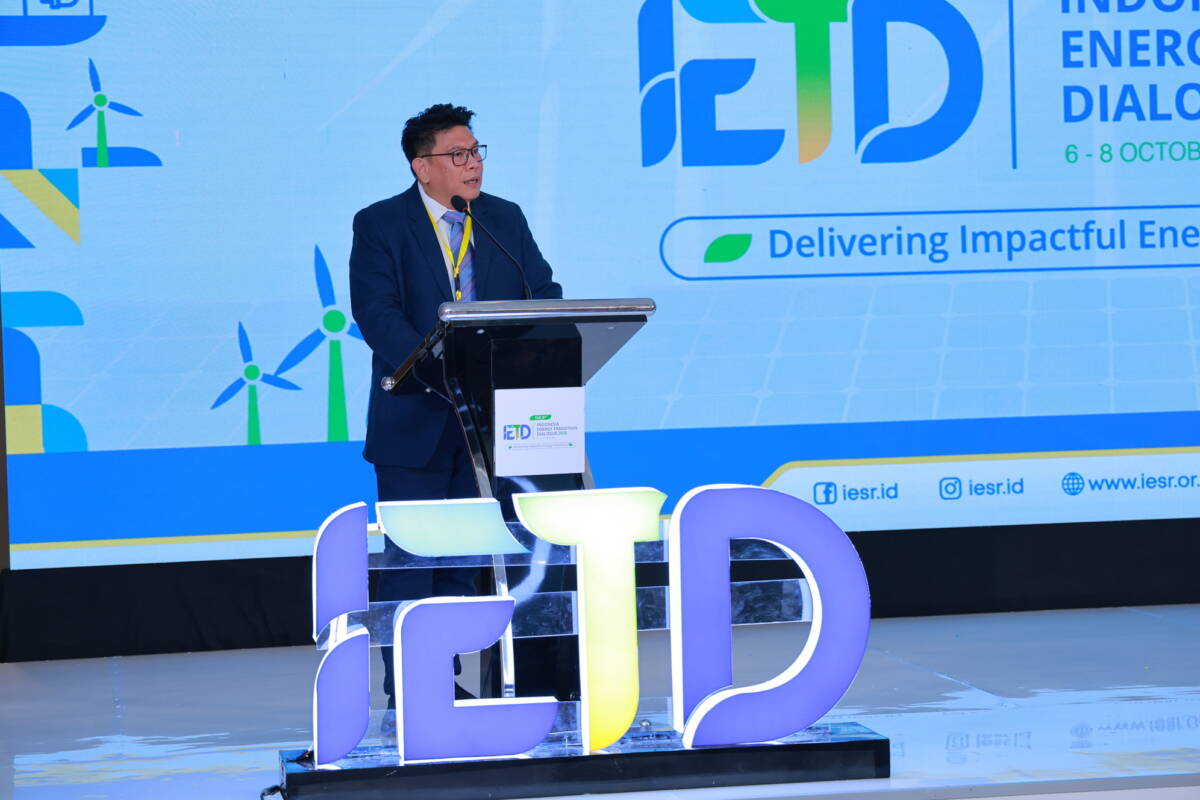
Energy Transition as a New Engine of Economic Growth
Jakarta, October 6, 2025 – President Prabowo’s ambition to achieve 8% economic growth and realize the Indonesia Emas 2045 vision can be pursued through acce... Read more.
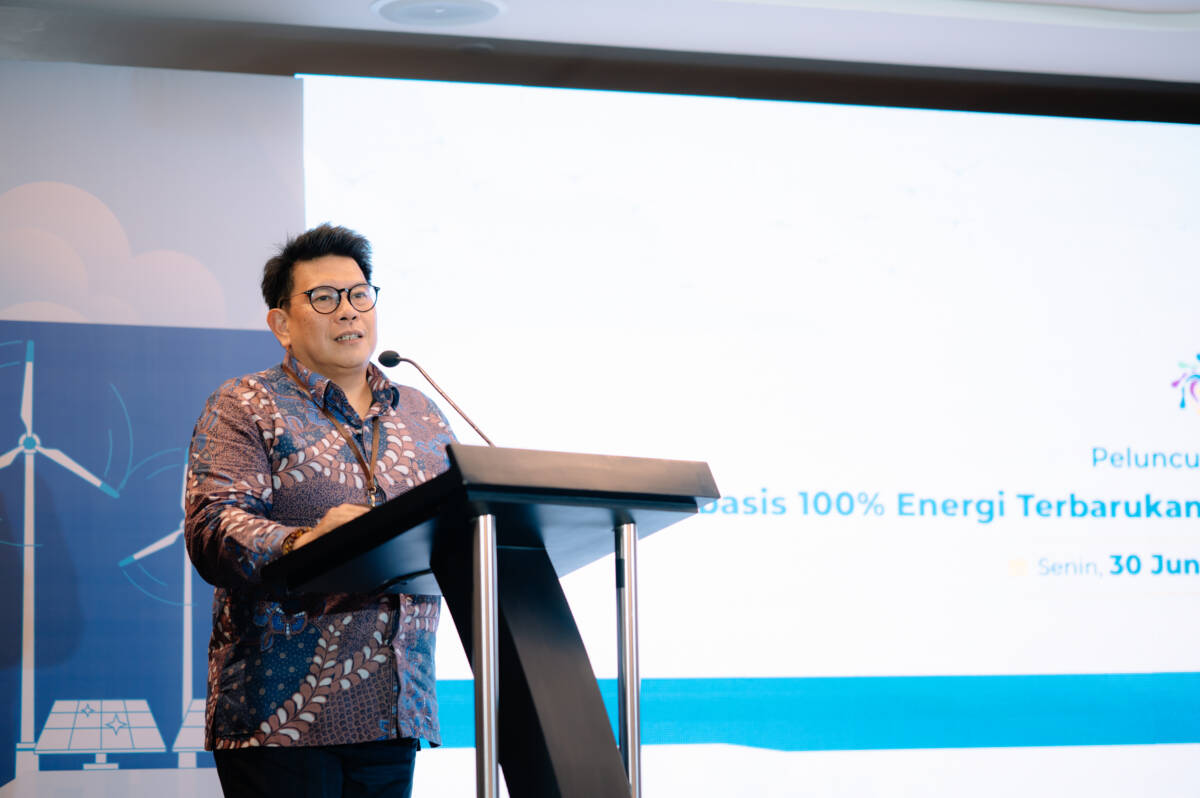
President’s Optimism for Faster NZE Achievement Should Be Reflected in National Emission Reduction Targets
Jakarta, September 24, 2025 – In his speech at the UN General Assembly (23/9/2025), Presiden Prabowo Subianto reaffirmed Indonesia’s commitment to the... Read more.
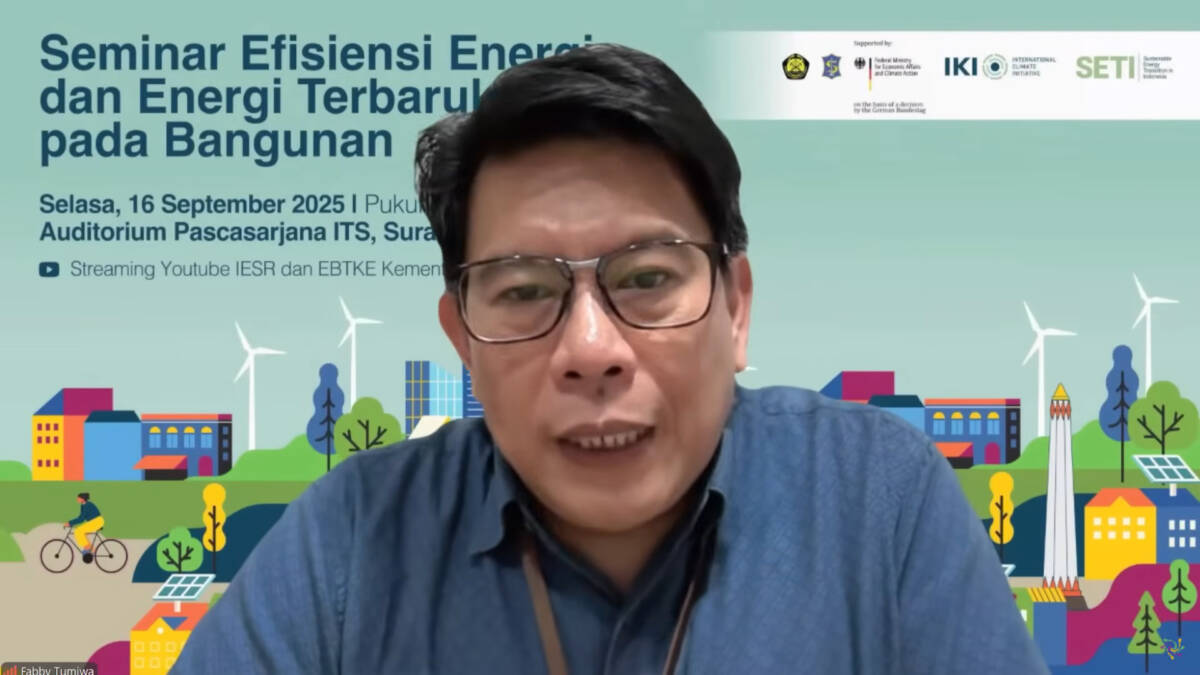
Surabaya Becomes a Pilot City for Low-Emission Buildings
Surabaya, September 19, 2025 — The Sustainable Energy Transition in Indonesia (SETI) project, in collaboration with the Ministry of Energy and Mineral Resourc... Read more.
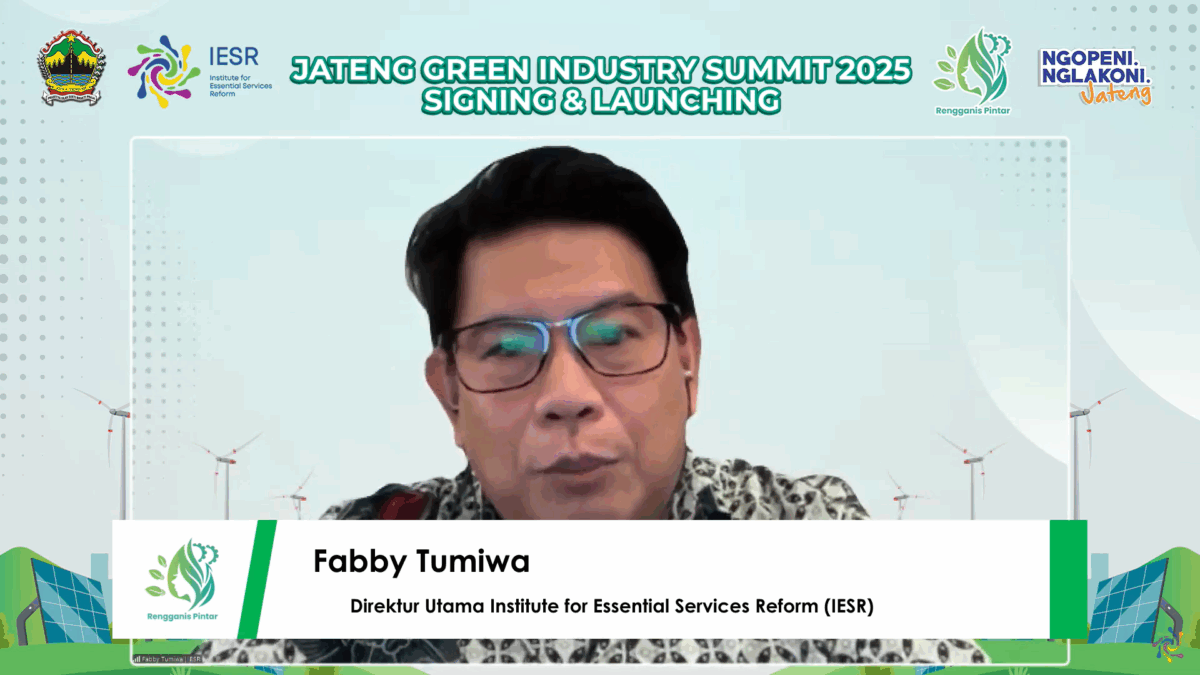
Central Java’s Commitment to a Low-Emission Industry
Jakarta, September 15, 2025 – The industrial sector is one of the main drivers of Indonesia’s economy and the third-largest contributor to emissions... Read more.
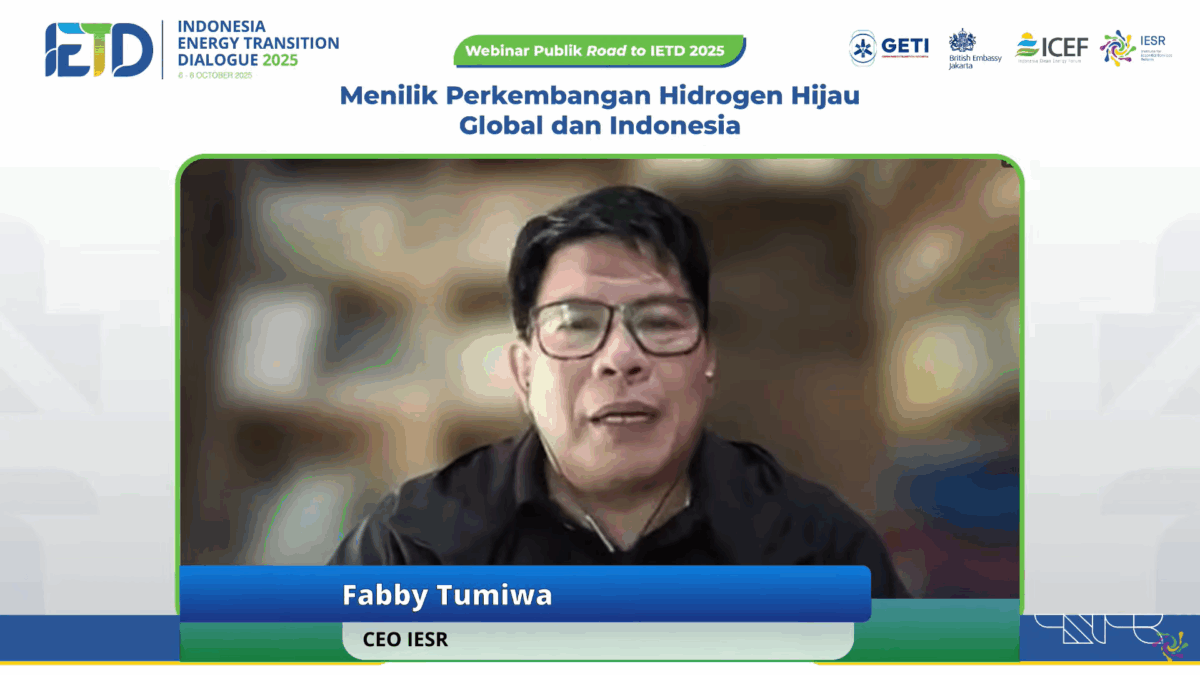
Building Indonesia’s Green Hydrogen Production and Market
Jakarta, September 15, 2025 – The Institute for Essential Services Reform (IESR) believes that green hydrogen can significantly contribute to global emission ... Read more.

Indonesia Solar Summit 2025: Integrating Economy and Energy Equity
Jakarta, September 11, 2025 – The impact of solar energy goes beyond providing access to electricity. It also fosters equity by enabling community partici... Read more.
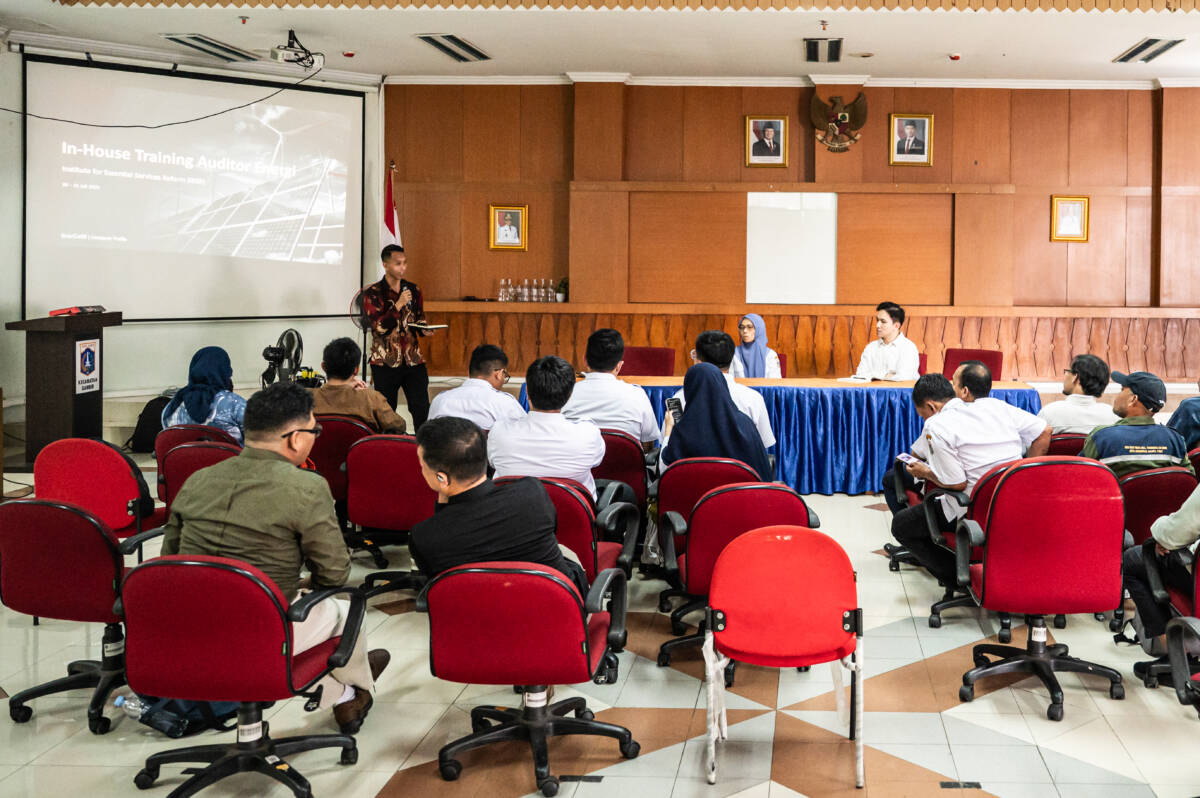
Promoting Energy Management Practices in Government Buildings
Jakarta, August 28, 2025 – Implementing energy management in government buildings is essential to advancing energy conservation and reducing greenhouse ga... Read more.
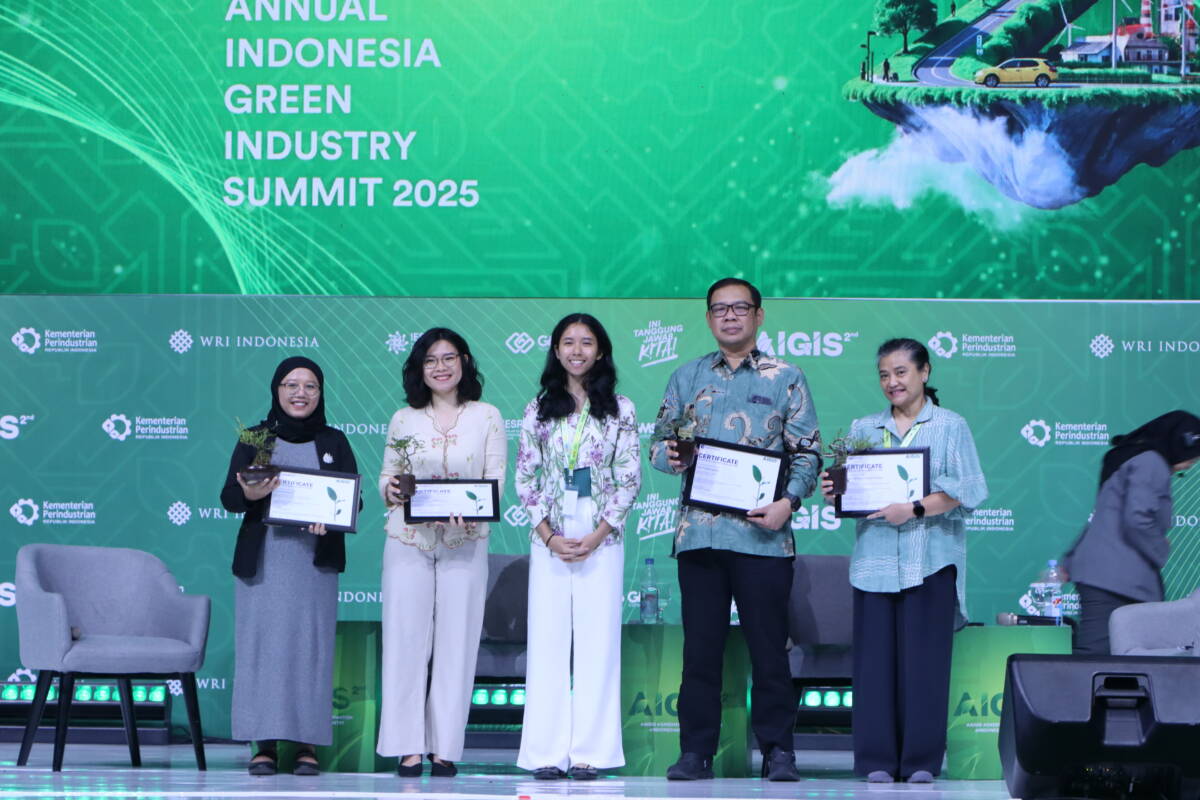
Indonesian Government Prepares Roadmap for Clean Net-Zero Industry by 2050
Jakarta, August 22, 2025 – Indonesia is committed to achieving its net-zero emissions target by 2060 or sooner. To do so, economic growth must align with ... Read more.
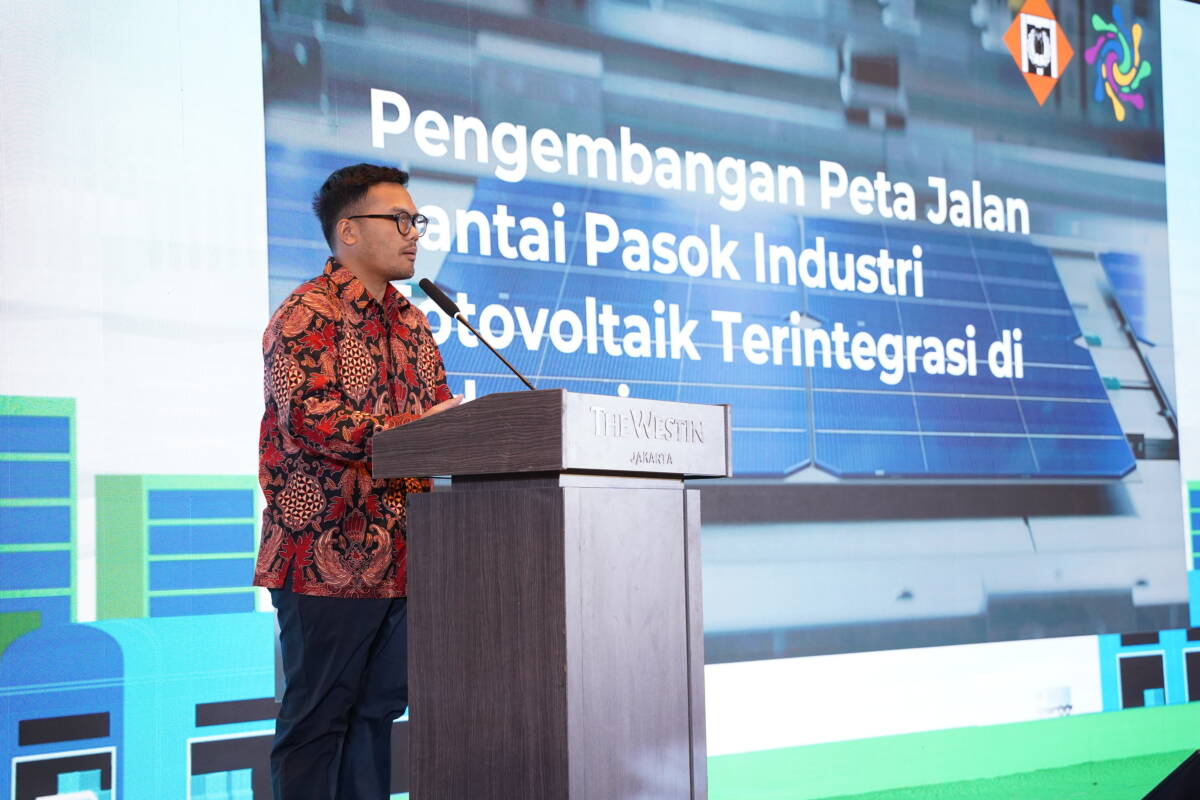
Indonesia Must Seriously Develop an Integrated Solar Industry
Jakarta, August 5, 2025 – The 2025–2060 National Energy Policy targets increasing demand for solar power plants, reaching up to 108.7 GW by 2060. Indone... Read more.

